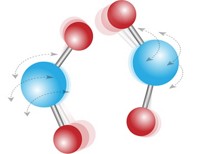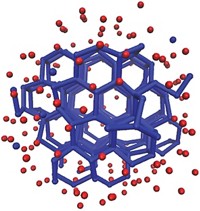Advertisement
Grab your lab coat. Let's get started
Welcome!
Welcome!
Create an account below to get 6 C&EN articles per month, receive newsletters and more - all free.
It seems this is your first time logging in online. Please enter the following information to continue.
As an ACS member you automatically get access to this site. All we need is few more details to create your reading experience.
Not you? Sign in with a different account.
Not you? Sign in with a different account.
ERROR 1
ERROR 1
ERROR 2
ERROR 2
ERROR 2
ERROR 2
ERROR 2
Password and Confirm password must match.
If you have an ACS member number, please enter it here so we can link this account to your membership. (optional)
ERROR 2
ACS values your privacy. By submitting your information, you are gaining access to C&EN and subscribing to our weekly newsletter. We use the information you provide to make your reading experience better, and we will never sell your data to third party members.
Analytical Chemistry
Acid Dissociation Writ Small
Just four water molecules is all it takes to dissolve a molecule of hydrochloric acid
by Elizabeth K. Wilson
June 22, 2009
| A version of this story appeared in
Volume 87, Issue 25

How many water molecules does it take to dissolve one molecule of hydrochloric acid? Just four, say the scientists who created the minimalist collections of atoms at extremely cold temperatures (Science 2009, 324, 1545). The work lays bare the fundamental process of acid dissociation, unfettered by variables like extra molecules and heat. An international team led by Martina Havenith and Dominik Marx of Ruhr University, in Bochum, Germany, used protective superfluid helium droplets to encapsulate single HCl molecules with H2O molecules at temperatures below 1 K. On the basis of an infrared spectral signature and in conjunction with ab initio calculations of H3O+ in the dissociated H3O+(H2O)Cl– ion pair, they determined that only four water molecules are needed to cause one HCl molecule to spontaneously dissociate. The results could help scientists understand, for example, how HCl dissolves on ice surfaces—a phenomenon relevant to ice-particle chemistry in the atmosphere, notes Yale University physical chemist Mark A. Johnson. "These clusters offer a way to look at what is going on in a regime where we can understand the origin of barriers at the molecular level, where theory is actually predictive," Johnson says.




Join the conversation
Contact the reporter
Submit a Letter to the Editor for publication
Engage with us on Twitter